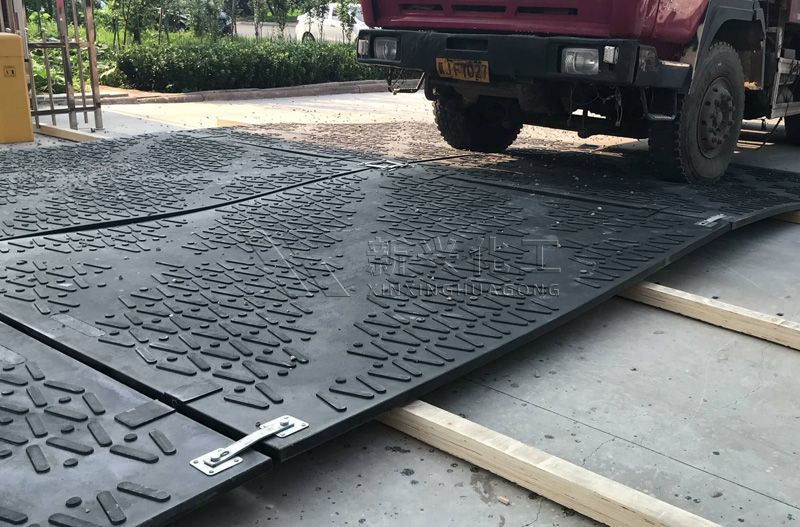Plastic ground cover mats also known as weed control fabric or landscape fabric, are a highly versatile product used in both commercial and residential applications. They are designed to prevent the growth of weeds, control soil erosion, and improve overall garden or agricultural productivity. Made from durable synthetic materials like polypropylene or polyethylene, these mats are long-lasting, UV-resistant, and water-permeable, making them an essential tool for landscaping, farming, and gardening projects.
One of the primary functions of plastic ground cover mats is to prevent weed growth. By blocking sunlight from reaching the soil, the mat inhibits the germination and growth of unwanted plants. This significantly reduces the need for chemical herbicides and manual weeding, allowing for healthier, more sustainable landscapes and crops.
Plastic ground covers allow water and nutrients to pass through while minimizing evaporation. This feature helps retain moisture in the soil, promoting healthier plant growth and reducing water usage in gardens or agricultural fields. Especially in dry climates, the use of ground cover mats can conserve significant amounts of water.
When used on slopes or areas prone to erosion, plastic ground mats stabilize the soil and prevent it from being washed away by rain or irrigation. This makes them ideal for use in hilly landscapes, construction sites, or along riverbanks where soil integrity needs to be maintained.
Ground cover mats are also used in landscaping to create clean, uniform garden beds. They provide a neat appearance by keeping soil, mulch, and decorative stones in place. Additionally, they can be installed beneath pathways, driveways, or patios to prevent weed growth in these areas, further enhancing the aesthetic appeal.
In agricultural fields, plastic ground cover mats help farmers manage crops more efficiently. They can be used between rows of vegetables or other crops to suppress weed growth and minimize soil erosion while allowing easy access to irrigation and fertilizer application. The use of ground cover mats in farming can improve crop yield and reduce labor costs.

High-quality plastic ground cover mats are made from UV-resistant materials, ensuring they can withstand prolonged exposure to sunlight without degrading. This durability makes them ideal for long-term applications in gardens, landscapes, or commercial farms, where they can last for several years without needing replacement.
Unlike traditional plastic sheeting, plastic ground cover mats are designed to be permeable, allowing water, air, and nutrients to reach the soil below. This permeability prevents water pooling on the surface, which can lead to plant disease and root rot, while ensuring that plants receive the necessary hydration and nutrients.
Many plastic ground cover mats are made from recyclable materials, reducing the overall environmental impact. Moreover, by reducing the need for herbicides and pesticides, these mats contribute to more sustainable gardening and farming practices.
Plastic ground cover mats are lightweight and easy to install. They can be cut to fit any garden bed or agricultural field, and installation is as simple as laying the mat on the soil and securing it with landscape staples or pegs. Once in place, they require little to no maintenance, allowing gardeners and farmers to focus on other tasks.
Although the initial investment in plastic ground cover mats may seem high, their long lifespan and ability to reduce labor costs for weeding, watering, and soil management make them a cost-effective solution in the long run.
Most ground cover mats are made from either polypropylene or polyethylene. Polypropylene mats are generally more durable and better suited for long-term use in commercial applications, while polyethylene mats may be more affordable for short-term projects.
The thickness of the mat determines its strength and durability. For heavy-duty applications, such as in agricultural fields or areas prone to erosion, opt for thicker mats (usually measured in grams per square meter, or GSM). Thicker mats are more resistant to tearing and can withstand foot traffic and rough conditions.
Ensure the mat you choose is UV-resistant, especially if it will be exposed to direct sunlight. UV protection increases the lifespan of the mat by preventing degradation from prolonged sun exposure.
Depending on your project’s needs, you may require a mat with higher or lower permeability. In gardens and agricultural applications, water permeability is essential to ensure plants receive adequate moisture. However, for erosion control, you may want a mat that allows less water to pass through.
Ground cover mats come in various sizes and rolls. Measure your garden or field area beforehand to ensure you purchase enough material to cover the desired space. Some construction mats also come pre-marked with planting lines, making them more convenient for agricultural use.
Plastic ground cover mats are a valuable tool for anyone involved in landscaping, gardening, or farming. They offer an effective way to control weeds, retain soil moisture, and prevent soil erosion, all while being easy to install and maintain. With various options available in terms of material, thickness, and size, there is a ground cover mat to suit almost any project. By choosing the right type of mat and considering the specific needs of your landscape or crops, you can achieve long-lasting results and enjoy the many benefits of this versatile product.

Comments
0